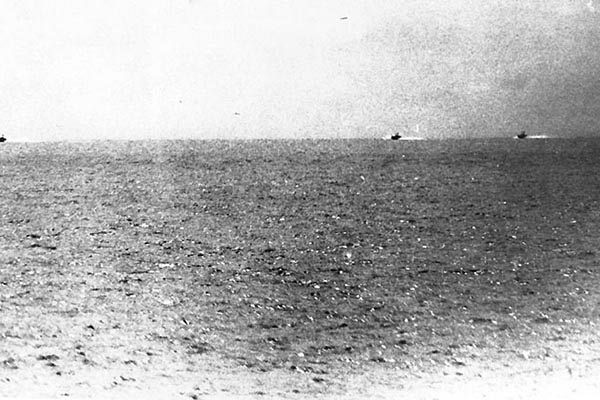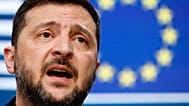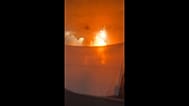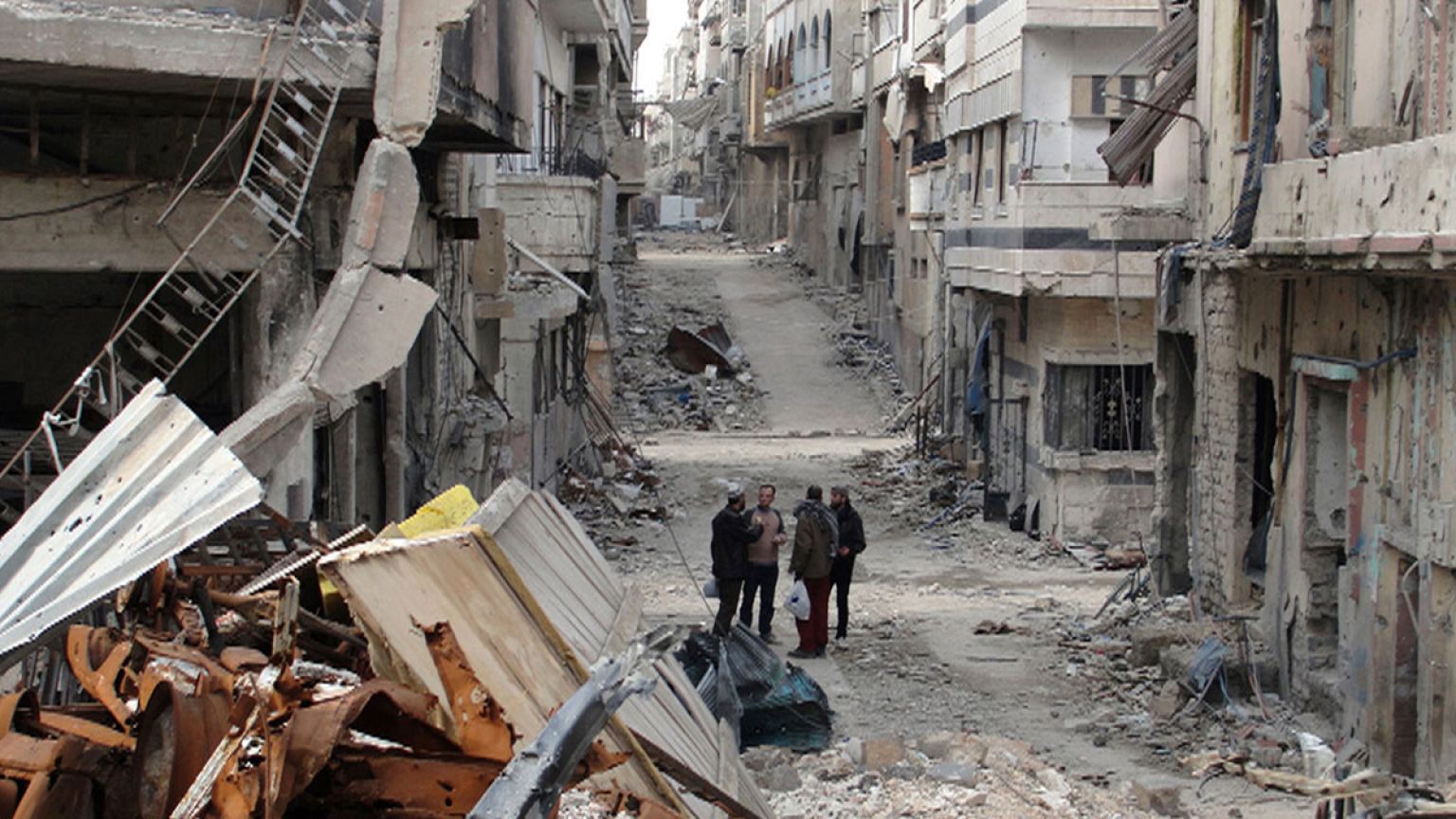While Western countries debate their next move in response to the suspected chemical weapons use in Syria, the Bashar al-Assad regime continues to deny the allegations.
Last Saturday, Syrian state TV broadcast images of what the government claims were chemical agents discovered by soldiers in tunnels used by rebel forces in the suburbs. The Syrian government and its allies maintain it was the opposition rebels that launched a “false flag” attack by using chemical weapons on civilians, anticipating that the blame would fall on the government and provoke the international community into a response.
A “false-flag” attack is a covert operation that is carried out with the aim of being perceived as the work of another group, organisation or country.
Leaders from France, the UK and the US seem certain it was Assad’s forces that carried out the strike. But just how far-fetched is the Syrian regime’s “false flag” claim? Could a group harm its own supporters just so its enemy gets the blame? History tells us that these operations, while seemingly not all that credible, have been used often enough for Syrian authorities’ current claims to be taken seriously.
Syria
In 2003 UK newspaper The Guardian published an article that presented recently unearthed documents that revealed candid discussions about “false flag” operations in Syria. In 1957 UK Prime Minister Harold Macmillan and US President Dwight Eisenhower approved a plan to organise fake border incidents as justification for an invasion of Syria by its pro-Western neighbours. Concern had been growing about the increasingly pro-Soviet and anti Western attitudes in the country since the Ba’ath and Communist parties had overthrown the military regime.
The documents are quoted as saying: “a necessary degree of fear .. frontier incidents and (staged) border clashes, would provide a pretext for intervention… the CIA and SIS [MI6 should use … capabilities in both psychological and action fields to augment tension.”
The plan, which was never actually used, also talked about “eliminating” key individuals in Damascus: “In order to facilitate the action of liberative (sic) forces, …a special effort should be made to eliminate certain key individuals. …[to] be accomplished early in the course of the uprising and intervention.”
South Africa
The South African Truth and Reconciliation Commission in 1989 granted amnesty to a former member of the South African Police bomb disposal unit for his part in a series of “false flag” operations in the late 1980’s. The man had been asked to aid an operation to discredit the African National Congress (ANC) by falsifying reports to create the impression that explosions had been carried out by the organisation.
The same man admitted that his superiors ordered him to carry out an attack on the Flying Squad police department headquarters in Johannesburg using a grenade and an AK-47 assault rifle. The aim was to further damage the reputation of the ANC among white voters ahead of a referendum.
Gulf of Tonkin
On August 2, 1964, a sea battle occurred between the US and North Vietnam in the Gulf of Tonkin. Both sides experienced damage to their vessels and the North Vietnamese lost 4 men and suffered 6 casualties. Two days later a similar battle was claimed by the National Security Agency.
Based on the assumption that these two incidents occurred, the US Congress granted permission for military action, which resulted in air strikes on North Vietnam and ongoing intervention in South East Asia. However, in 2005 the NSA released hundreds of de-classified documents from the Vietnam War period which included research that assessed the second attack had never happened.
In a declassified ‘top secret’ paper, Robert Hanyok reports: “Two startling findings emerged from the new research. First, it is not simply that there is a different story as to what happened; it is that no attack happened that night…. Further analytic errors and an obscuring of other information led to publication of more “evidence.” In truth, Hanoi’s navy was engaged in nothing that night but the salvage of two of the boats damaged on 2 August.”
Russia
In Russia, Yusuf Krymshamkhalov and Adam Dekkushev were convicted of blowing up apartment blocks which killed 246 people in 1999. Critics claim that the Russian Federal Security Service (FSB) organised and carried out the attacks as part of a campaign to increase public support for an invasion of Chechnya, which Russian President Vladimr Putin ordered later in the year.
Although there is no hard evidence for the theory, several well known figures have supported the idea, including: Alexander Litvinenko, who later died in Britain as a result of radioactive poisoning, and Boris Berezovsky, who claimed the bombings had aided Putin's rise to power.
United States
A series of “false-flag” attacks, known as “Operation Northwoods” was proposed within the US government in 1962, with the goal of justifying military intervention in Cuba. The propositions, which were finally rejected by President John F. Kennedy, included carrying out “terror” attacks on US cities and planting fake evidence to implicate the communist Cuban government.
The documents, which were released in 1997, stated: “Since it would seem desirable to use legitimate provocation as the basis for US military intervention in Cuba, a cover and deception plan…could be executed as an initial effort to provoke Cuban reactions.”
It went on to specify potential tactics that included: “start rumours (many)”, “land friendly Cubans in uniform ‘over the fence’ to stage attack on base” , “burn aircraft on air base (sabotage)” and “conduct funerals for mock-victims.”
Germany
Alfred Naujocks, a major with the Nazi SS admitted during the Nuremberg trials that the chief of the Gestapo had ordered a staged attack against a German radio station.
According to Naujock, the Nazi operatives dressed in Polish uniforms before taking control of the building and broadcasting an anti-German message in Polish. They then shot and killed a prisoner and put his body at the scene, dressed in a Polish uniform, to give the impression he had died during the attack. The incident was meant to construct enough anti-Polish sentiment to justify an invasion but was also a part of a larger campaign to serve the Nazis’ propaganda goals prior to the outbreak of World War II.
Macedonia
In 2002 officials in Macedonia admitted to killing seven illegal immigrants and then pretending they were Pakistani militants. A police spokesperson said the “staged murder” was meant to show the world that Macedonia was serious about aiding the war on terror.
Quebec
More recently in 2007, police officers in Quebec were accused of dressing as anarchists during the Montebello protests with the aim of provoking the crowd and giving the police a reason to break up the demonstration.
The Quebec Provincial Police admitted that members of the force had gone undercover to “keep order and security” but deny allegations that they were looking to incite violence.
- Operation Northwoods document
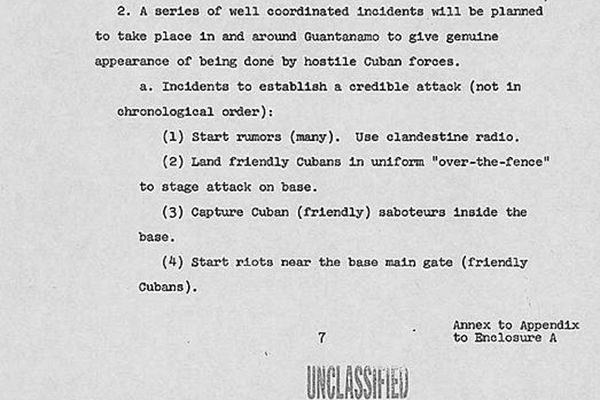
- Operation Northwoods: Memorandum
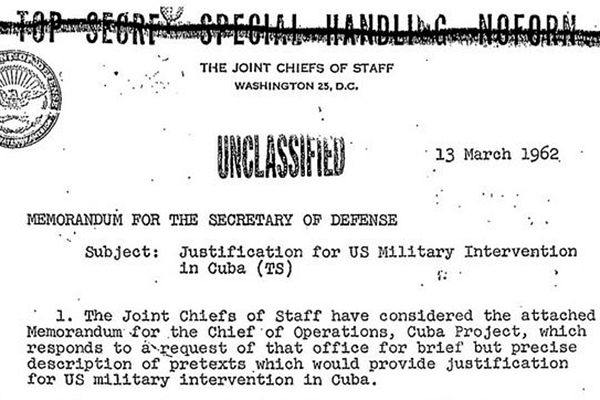
- Alfred Naujocks
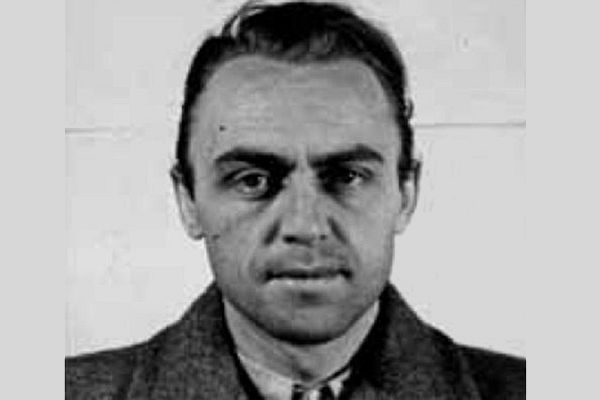
- Photo taken from USS Maddox during the incident
